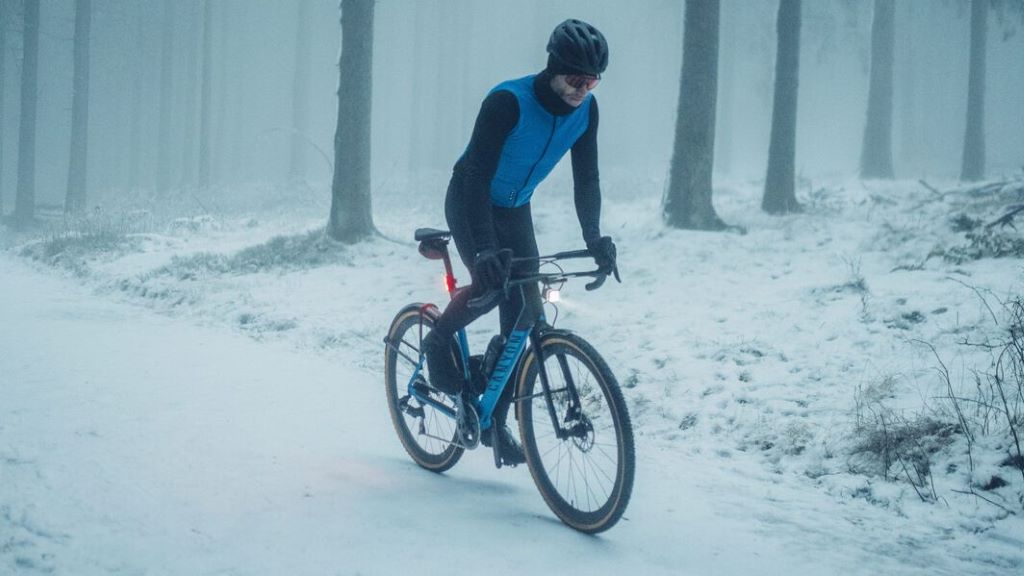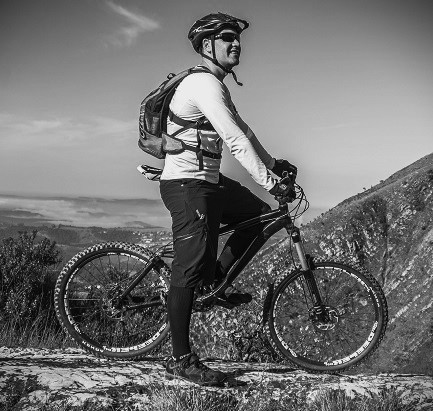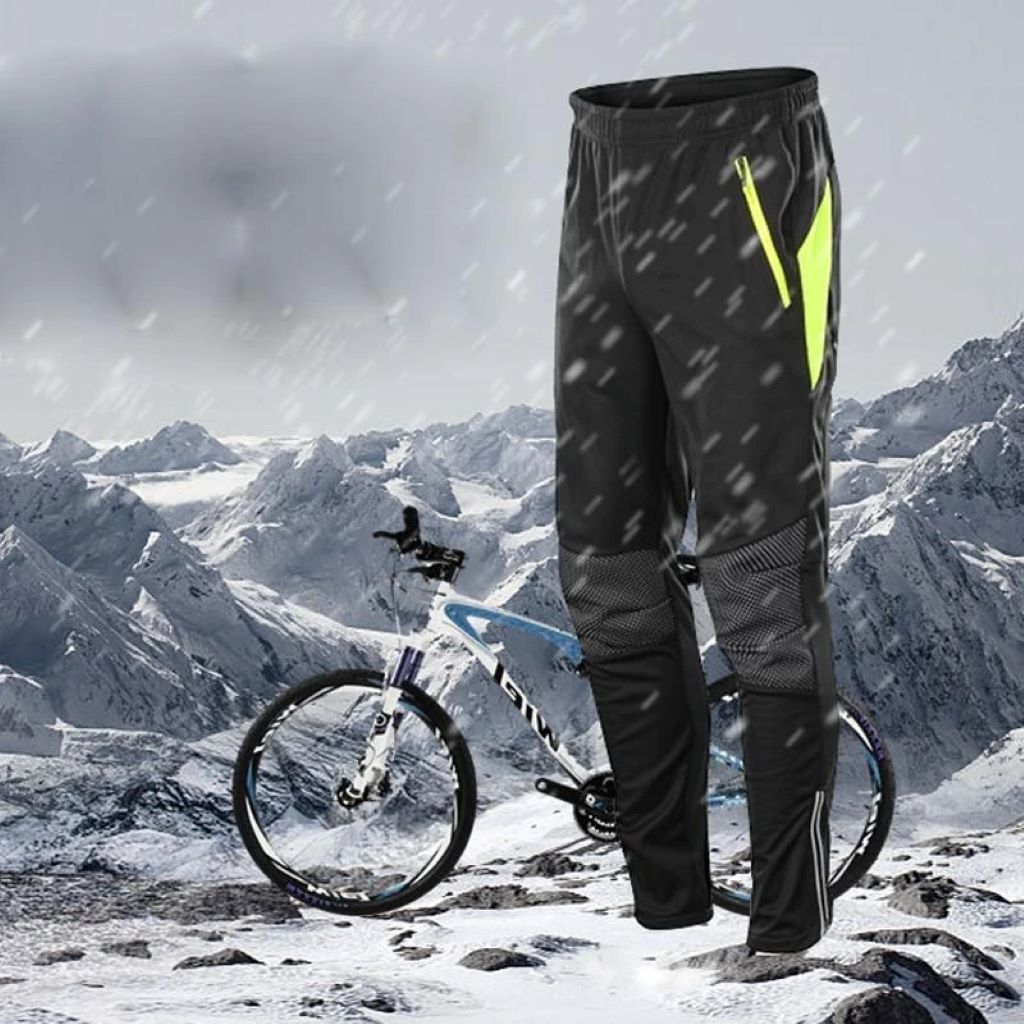Winter mountain biking offers a unique thrill, but it comes with its own set of challenges, particularly when it comes to staying comfortable in cold and potentially wet conditions. A good pair of winter mountain bike pants is crucial for maintaining warmth, dryness, and overall comfort on the trails. In this guide, we’ll delve into the world of winter mountain bike pants for men, exploring their pros and cons, addressing frequently asked questions, and providing valuable tips for choosing the perfect pair.
Pros of Winter Bike Pants
- Warmth and Insulation: Winter mountain bike pants are designed with thermal insulation to keep your legs warm even in freezing temperatures. They typically incorporate materials like fleece, brushed fabrics, or synthetic insulation that trap heat and provide a barrier against the cold air.
- Water Resistance or Waterproofing: Many winter mountain bike pants are treated with a water-resistant coating or are constructed with waterproof membranes to repel moisture from rain, snow, and mud. This keeps your legs dry and prevents discomfort and chills during rides in wet conditions.
- Wind Protection: Cold winds can significantly impact your comfort level on the trails. Winter mountain bike pants offer wind protection, either through a windproof outer layer or a tightly woven fabric that blocks the wind from penetrating and chilling your legs.
- Breathability: While insulation and protection are essential, breathability is equally important to prevent overheating and moisture buildup. Winter mountain bike pants balance warmth and breathability, incorporating features like ventilation panels or moisture-wicking fabrics to ensure comfort during strenuous rides.
- Durability and Abrasion Resistance: Mountain biking can be tough on clothing, especially when navigating through brush, rocks, and other obstacles. Winter mountain bike pants are designed to be durable and abrasion-resistant, using rugged fabrics and reinforced stitching to withstand the rigors of off-road riding.
- Freedom of Movement: Mountain biking requires agility and flexibility. Winter mountain bike pants prioritize freedom of movement, often incorporating features like articulated knees, stretch panels, and a tapered fit to allow for a full range of motion without restriction.
- Comfort and Fit: A good pair of winter mountain bike pants should be comfortable for long rides. They should offer a snug fit without being too tight, allowing for layering underneath while preventing chafing or discomfort.
Cons of Winter Bike Pants
- Bulkiness: Compared to regular mountain bike shorts, winter pants tend to be bulkier due to the added insulation and layers. This can sometimes affect mobility and feel slightly restrictive, especially for riders used to lightweight gear.
- Limited Breathability in Warm Conditions: While winter pants offer excellent insulation, they can become too warm in milder temperatures or during intense rides. This can lead to overheating and discomfort if the breathability features are insufficient for regulating body temperature.
- Potential for Moisture Buildup: Even with moisture-wicking fabrics, prolonged rides in wet conditions or heavy perspiration can lead to moisture buildup inside the pants. This can create a clammy feeling and potentially cause chafing or discomfort.
- Cost: Winter mountain bike pants, with their specialized features and materials, can be more expensive than regular mountain bike shorts. However, consider it an investment in comfort and performance during the winter season.
FAQs about Winter Mountain Bike Pants for Men

What materials are typically used in winter mountain bike pants?
Common materials used in winter mountain bike pants include:
- Softshell fabrics: These offer a combination of water resistance, wind protection, and breathability.
- Fleece: Provides excellent warmth and insulation.
- Nylon and polyester: Durable and abrasion-resistant outer layers.
- Spandex or elastane: Added for stretch and flexibility.
- Synthetic insulation: Trapped heat and warmth without bulk.
- Waterproof membranes: Provide complete protection against moisture.
What features should I look for in winter mountain bike pants?
Key features to consider:
- Water resistance or waterproofing: Essential for wet conditions.
- Windproofing: Protection against cold winds.
- Breathability: Prevents overheating and moisture buildup.
- Insulation: Keeps your legs warm in cold temperatures.
- Durability: Understands the rigors of off-road riding.
- Freedom of movement: Allows for unrestricted motion.
- Comfort and fit: Provides a snug and comfortable fit.
- Additional features: Zippered pockets, adjustable waistbands, reflective elements for visibility.
How should winter mountain bike pants fit?
Winter pants should fit snugly without being too tight, allowing for layering underneath. They should provide enough room for movement without bunching up or restricting your pedaling. Look for pants with a tapered leg design to prevent snagging on the bike or obstacles.
Can I wear it in milder temperatures?
Some winter pants are designed to be versatile and can be worn in milder temperatures, especially those with good breathability features. However, if you anticipate riding in warmer conditions, consider opting for pants with removable insulation or ventilation panels for added flexibility.
Related: Schwinn Bonafide Men and Women Mountain Bike: A Comprehensive Review
How do I care?
Follow the care instructions provided by the manufacturer. Most winter pants can be machine washed, but avoid using fabric softeners or harsh detergents. Hang drying is recommended to preserve the water-resistant coating and prevent shrinkage.
Related: Carrera Mountain Bike: A Comprehensive Guide
Conclusion
Investing in a quality pair of winter mountain bike pants is essential for enjoying comfortable and safe rides during the colder months. Consider the pros and cons outlined in this guide, prioritize the features that matter most to you, and choose a pair that fits well and suits your riding style and preferences. With the right winter pants, you can continue exploring the trails and experiencing the thrill of mountain biking even when the temperatures drop.

Welcome to outdoorxsports.com! I’m Russell, your guide to the awesome world of mountain biking. This blog is all about building a community of riders who love to share their passion for the sport. Expect inspiring stories, local trail recommendations, fun challenges, and tips for making the most of your time on two wheels.

